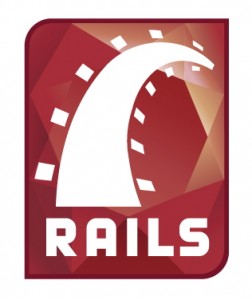I had a problem with one of my current projects where I was supposed to have an image enclosed in a div with fixed dimensions.
<div id="resize-div"> <img src="someimage.jpg", :id="resize-div"> </div>
For the dimensions of the div, you can set it inline or use css file:
#resize-div {
width:466px;
height:133px;
}
Now since not all images will fit this aspect ratio you’ll encounter problems easily enough. With images smaller than the div, I had little problem letting the css to handle it so it’s situated perfectly center in the div. I didn’t include it here to shorten the codes i need to display :).
Judging from the code shown above, you’ll not that if you have larger images that exceeded the div’s set height and width (especially those width different aspect ratios), a pure css solution simply won’t work (or at least I couldn’t make it work…. :/) so I thought of using JQuery to work it out for me.
Here’s my script to autofit images in a div using JQuery.
$(function(){
var divElem = $("#resize-div");
var maxht = divElem.height();
var maxwdt = divElem.width();
var imgElem = $("#resize-image");
var ht = imgElem.height();
var wdt = imgElem.width();
if (ht < wdt){
if (wdt > maxwdt)
$("#resize-image").css({'height' : "auto", 'width' : maxwdt});
else
$("#resize-image").css({'height' : "auto", 'width' : wdt});
}
else if (ht > wdt){
if (ht > maxht)
$("#resize-image").css({'height' : maxht, 'width' : "auto"});
else
$("#resize-image").css({'height' : ht, 'width' : "auto"});
}
});



 The first thing on my developer itinerary after getting my MacBook Pro is to install my development tools. That includes upgrading the ruby and rails gem versions packaged with OS X 10.6 and installing Xcode which is included on Snow Leopard’s install DVD. Things proceed smoothly until I tried to install the mysql gem.
The first thing on my developer itinerary after getting my MacBook Pro is to install my development tools. That includes upgrading the ruby and rails gem versions packaged with OS X 10.6 and installing Xcode which is included on Snow Leopard’s install DVD. Things proceed smoothly until I tried to install the mysql gem.